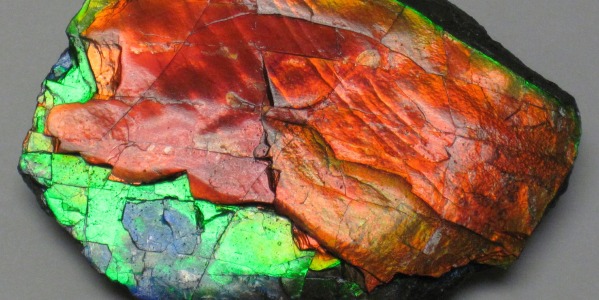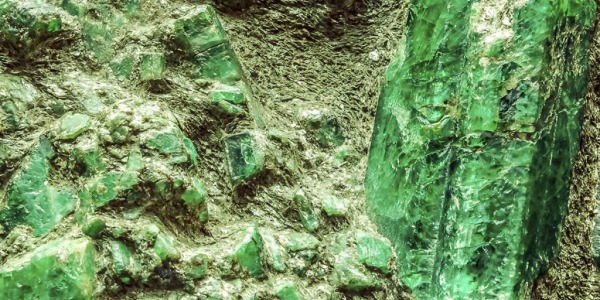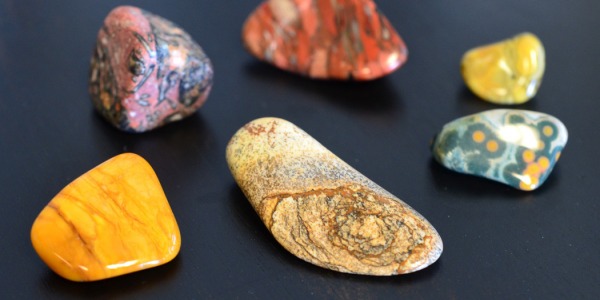4 cs of diamonds: the natural ID
Diamond's classification has been an ordeal for a long time. Since the beginning of 20th century, the need to elaborate a mutually shared categorization for the worldwide market came up. During the '30s, the GIA (Gemological Institute of America), a no-profit organization involved in the field of gemology and jewelry artwork, developed and overarching framework to rank and evaluate diamonds. Like as other gems, diamond's value is based on specific characteristics and indicators, more or less common. If any mutually accepted frame would exist, it would be very unlikely to deliver a truthful diamond's estimation on the market. 4Cs were created to bridge this gap and fulfill this expectations. 4Cs are named after the initials of the main peculiarities of a diamond: clarity, cut, carat weight and colour. Let's dig deeper to find out what they are about.
Clarity
Clarity indicates the quantity of internal or external inclusions and blemishes. These two elements define pretty much accurately the quality of the diamond, even though they are quite different. Inclusions are some kinds of crakcs (imperfections) included within the stone, while blemishes show up just on the exterior surface of the stone. If inclusions can affect any clarity's degree of the ranking, blemishes (external imperfections) may play a significant role just on the highest degree (flawless and internally flawless). Clarity has classified according to a comprehensive scale of different shades. It features 11 different forms of clarity:
FL – Flawless. Very rare. No blemishes or flaws are visible.
IF – Internally flawless. No inclusions. Only few blemishes are visible.
VVS1 – Very, very slightly included 1. Inclusions are only visible from the pavilion
VVS2 – Very very slightly included 2. Inclusions are visible from the crown. In both cases (VVS1 and VVS2) inclusions are invisible to human eye.
VS1 – Very slightly included 1. Inclusions are only visible using a 10x magnification device
VS2 – Very slightly included 2. Inclusions may be seen by trained observers, under favourable circumstances.
SI1 – Slightly included 1. This is the lowest grade where often flaws are invisible to the naked eye.
SI2 – Slightly included 2. At this stage inclusions are quite visible to the naked eye, despite requiring a careful inspection.
I1 – Included1. Inclusions are nearly always visible to the naked eye.
I2 – Included 2. Inclusions are quite noticeable and well visible.
I3 – Included 3. Inclusions are so prominent that may even endanger diamond's durability.
Colour
The widespread misconception about colourless diamonds is gone long ago. Already in the '50s, the GIA introduced a universally shared scale to measure diamond's value according their own colour. The GIA's chart range from D (colorless) up to Z 8Light color). All diamonds encompassed within this frame are considered white at some extent, even if they may features varying shades of color. Fancy and colored diamonds (as yellows, blues or pinks) are ranked in another separate and tailored color scale.
Carat weight
Carat indicates how much a diamond weighs. A carat is defined as 200 milligrams. Therefore we do need 5 carats in order to get 1 gram of weight. Furthermore, each carat may be split into 100 “points”: this allows to minutely assess hundredth decimal place. According to the common belief carats have a prominent role to define diamond's overall value. However, even though it is definitely a key (and maybe most crucial) element, it's not the unique value to determine how valuable a diamond is.
Cut
We did already talk about diamond's cuts and facets. Shortly, cut's quality may have a huge sway on diamond's aesthetic beauty and its brilliance. When it comes to evaluate a diamond's cut, the most relevant aspects to bear in mind are symmetry, clarity and proportions. Brilliant, oval, heart and princess are certainly the most popular and fashionable cuts.





